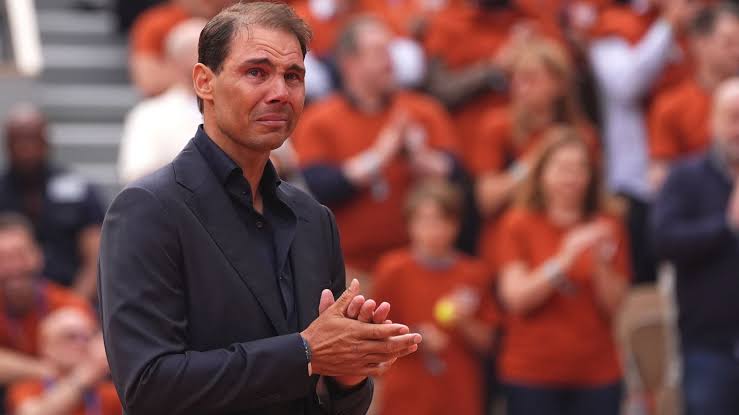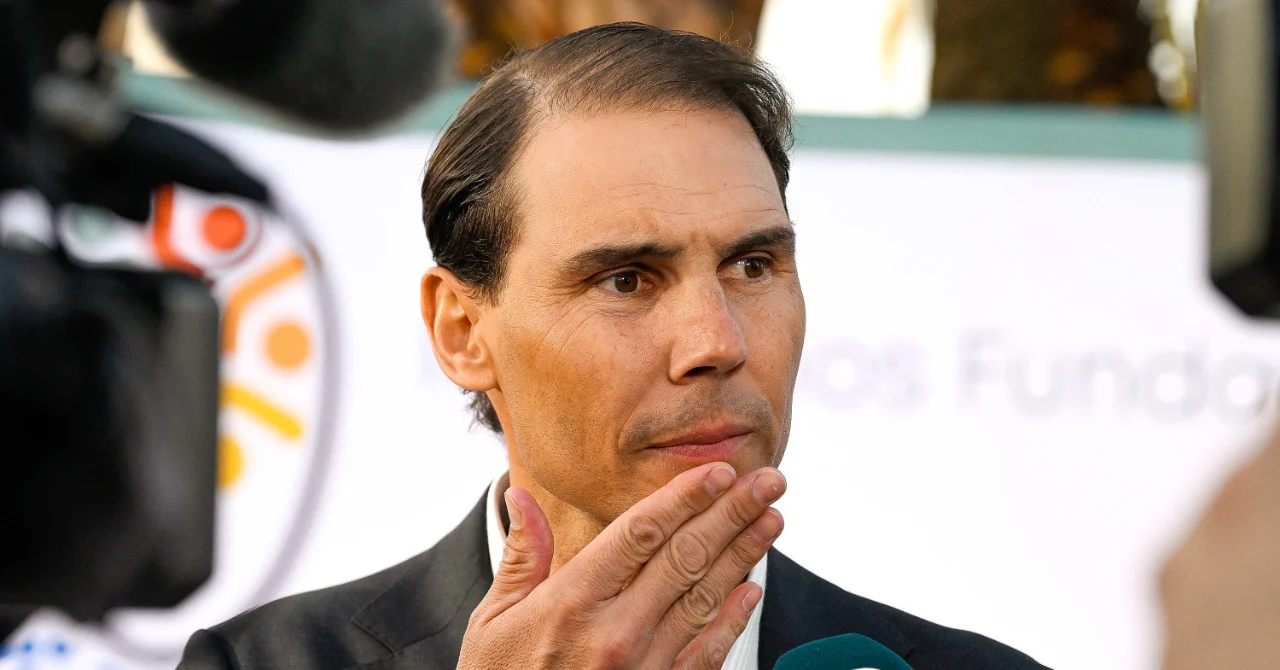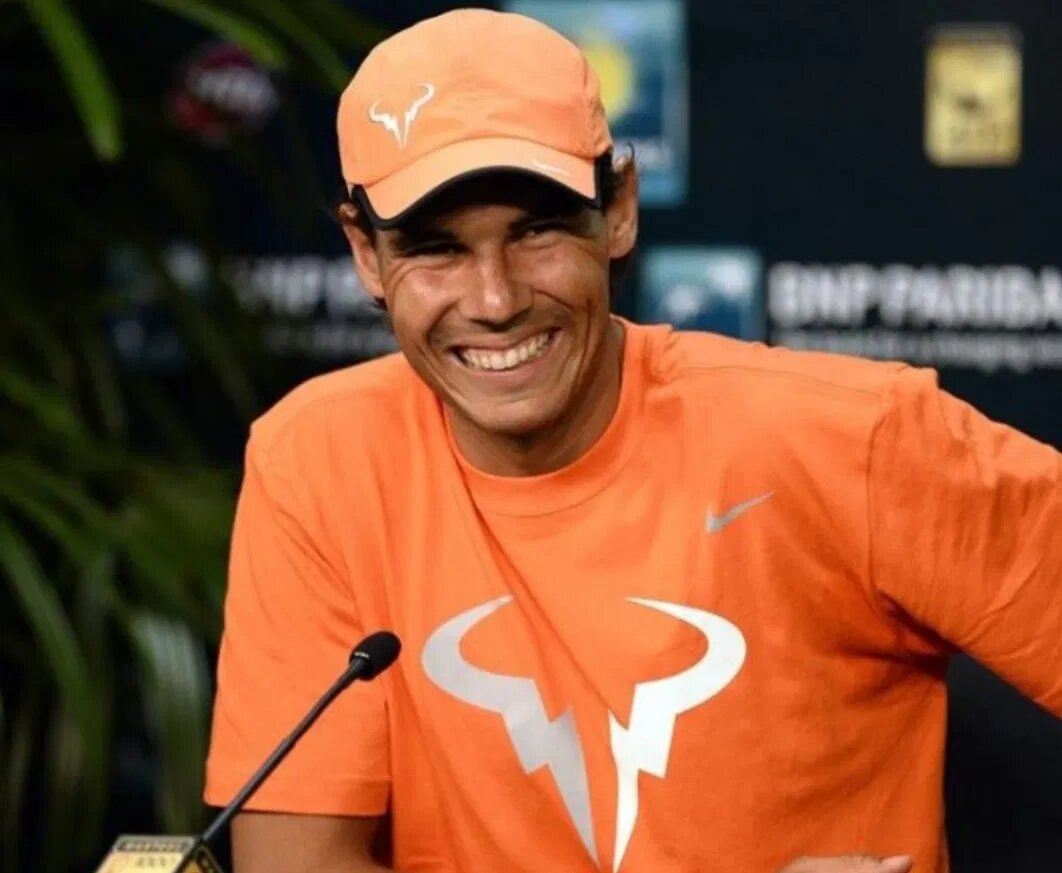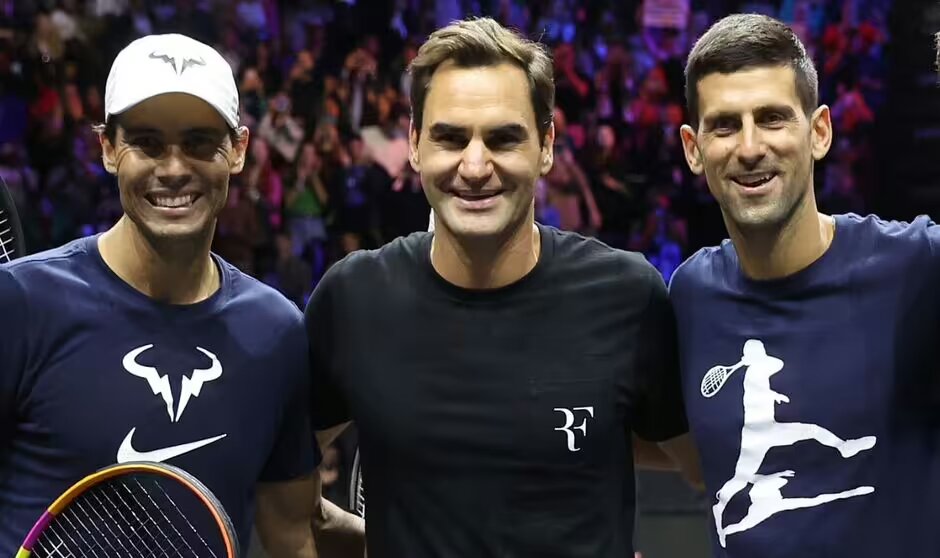Carlos Alcaraz’s triumph at the 2025 French Open was more than a stunning comeback—it marked a symbolic passing of the torch, deeply influenced by Rafael Nadal’s enduring legacy at Roland‑Garros. Alcaraz, defending champion and fresh off a grueling five‐set battle against Jannik Sinner, spoke of a moment that transcended mere technique: a pause, a photo, and a nod to Nadal’s plaque on Court Philippe‑Chatrier.
Before his semifinal match, Alcaraz made a point of capturing a quiet snapshot of Nadal’s commemorative marker on the famed clay. “Having a little bit of Rafa Nadal on Philippe‑Chatrier while I’m playing is a great inspiration,” he reflected afterward, acknowledging how the physical reminder fueled his resilience during tight moments . It wasn’t just about emulating champion holds or grinding rallies—it was an emotional charge.
That emotional charge proved vital. The final became the longest in Roland‑Garros history—five hours and 29 minutes—and Alcaraz found himself two sets down with three championship points against him. In those darkest stretches, he repeatedly summoned the spirit of Nadal. “When I was feeling worse, I had no more strength, I tried to think about Rafa, about all the comebacks he made,” he admitted.
Nadal, who retired with a staggering 14 French Open titles and a 112–4 record at Roland‑Garros, briefly reentered the spotlight by sending Alcaraz a heartfelt message on X:
“What an incredible ending to @rolandgarros! 🔥 Congratulations @carlosalcaraz! 🏆💪🏼 Congrats also @janniksin for the great battle 👏🏻”
That public acknowledgment from the “King of Clay” was more than just praise—it was a legacy passed on, a nod to a successor now carrying the mantle forward.
Echoing Nadal’s own staggering feat—winning five Grand Slam titles by age 22—Alcaraz’s fifth major title came exactly when he matched the milestone of his boyhood idol—age 22, one month, and three days—at clay’s greatest stage . 2208-0He described the coincidence as “destiny,” a testament to the deep emotional and historical bond between the two Spaniards.
Alcaraz’s win—and the path he took—served as a tribute to Nadal’s grit, an echo in style and spirit. While he claimed the title through his own extraordinary skill, it was Nadal’s legacy—etched in bronze and clay—that gave him belief when he needed it most. In that sense, Roland‑Garros witnessed both an end and a beginning: Nadal’s era of clay‑court dominance gracefully yielding to Alcaraz’s rising reign, in a story written not just by trophies, but by the power of inspiration passed from one champion to the next.




